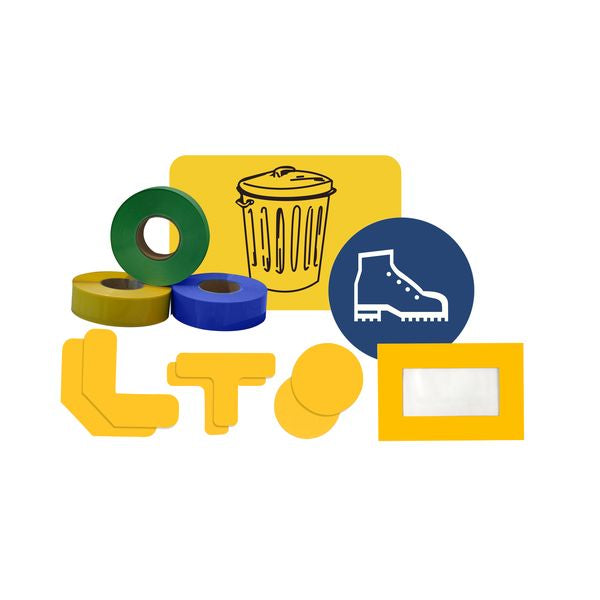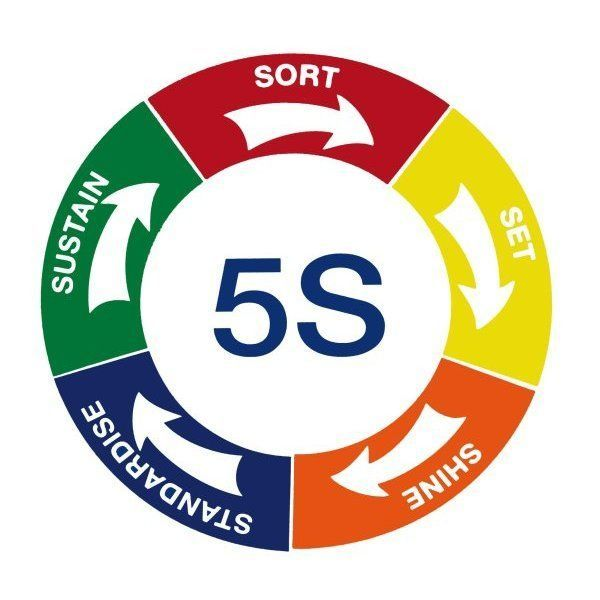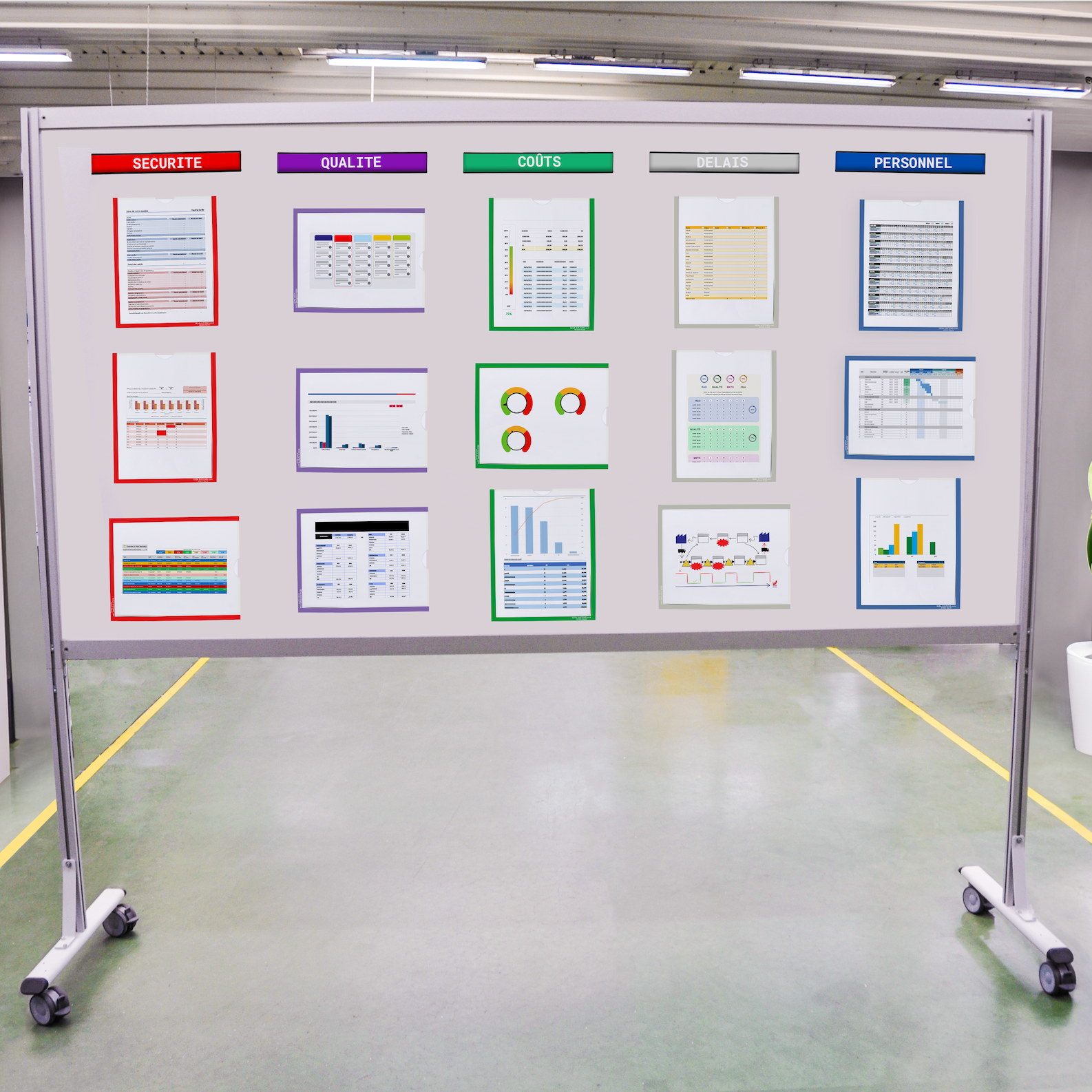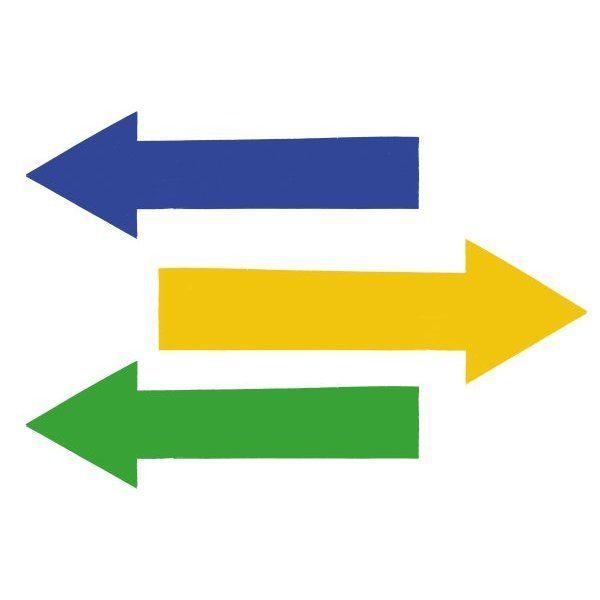Autonomous teams

Autonomous teams
The autonomous team is a mode of organization that tends to gain popularity in recent years. Indeed, the effervescence of Lean and agile methods have put forward alternative organizational modes. Among them, the autonomous team now appears as a significant improvement of the functional team that is now the norm in many companies.
DOWNLOAD THE LEAN ENTERPRISE CATALOGUE

Autonomous teams in a few words
As their name suggests, autonomous teams seek above all autonomy. Even if a share of autonomy is often granted in all companies, their degrees are often variable. And often, this autonomy remains limited to specific tasks and rarely to missions in their entirety. The goal of an autonomous team is to lower this barrier to give employees full responsibility for a project. The latter will have to be thought and realized from A to Z by the autonomous team. Generally, an autonomous team consists of about ten people and a maximum deadline is imposed. The autonomous team aims for the company to achieve excellence. To this end, it intends to significantly improve its productivity, innovation and organization.
What does this mean for an autonomous team?
The complete management of a project presupposes that the autonomous team (A.T) has thought about the organization upstream. This means that they will have to divide up the tasks by taking care to identify what the strengths and skills of each member are.
Set up a team with good synergy
With an A.T, we emphasize the individuality of each one (skills, temperament) and how the person will be able to synergize with the rest of the team. The social sciences as well as food specialists have long established the importance of a sense of belonging to the group. This feeling is all the stronger in the professional context: everyone wants and must find their place to fulfill themselves and develop their know-how fully. In general, we can establish 3 major needs that help to favor an employee in his personal coherence and self-esteem.
- Need to belong - Being able to be in a group is very important.. The company's culture contributes a lot to this: it makes it possible to develop a global vision and, a priori, shared by all employees. When a person knows that they feel good in a given environment and group, then that need to belong is fulfilled.
- Need for affirmation - This aspect goes through the relational and skills. . Be recognized by employees or the hierarchy for certain qualities, for example. Internal communication should also be encouraged so that employees can share their ideas.
- Need for value – This need corresponds to the value that an employee places on their work.. It is clear that many people are not engaged in their activity. However, it is one of the main levers of productivity that should not be overlooked. This value is also measured by the level of responsibility granted to certain people or teams, by the rewards (financial or not) that an employee can receive, etc.
These are 3 aspects that an A.T will seek to develop.

Develop employee autonomy
Autonomy is the ability to govern oneself according to one's own rules, but being autonomous does not mean escaping the rules of the company. An A.T fits into an environment that has its obligations, rights and values. Most often, the organization of a company follows the following pattern:

We notice that at the level of objectives, the autonomous team fits perfectly into the second level. Indeed, it supports the rules of the entirety of one or more production units without monopolizing the organizational strategy or the business strategy.
It is essential, for an autonomous team to be a success, that it is recognized by the hierarchy and the rest of the company. Each autonomous team has a specific identity and purpose that must be recognized for the company, so that team members feel valued.
The guiding ideas behind the establishment of autonomous teams
- Organizational:
Improve responsiveness by being closer to the field. In a sense, autonomous teams are very close to the QRQC method
- A decision-making system facilitated by delegation - Economic:
-Elimination of malfunctions between support and production functions-Better overall results
-Meilleurs résultats globaux - Social:
-Valorization of work as close as possible to the field, by granting more responsibility and resources to achieve the mission
-Broadening of the skills of employees thanks to the necessary transversalityThis should result in:
- More pedagogy: individual skills are honored and autonomous teams, in the majority of cases, require a certain versatility
- Well-distributed decision-making power and skills: more responsibility is given to first-level employees. The accountability of the latter allows them to be more effective, and especially to make decisions in accordance with the reality on the ground
- Recognition and possibly a reward system: to promote emulation within an A.T, rewards can be considered to promote motivation. Employee and hierarchy recognition is important to validate and legitimize A.T's work
The steps of implementation of an autonomous team
The process of autonomy and the synergy expected of an A.T are acquired over time.
Here are 4 main steps that structure this process:- Determination of the physical perimeter : The space in which employees will operate must be planned in advance and optimized to the maximum. A lot of configurations are possible depending on the machines to be used or the products to be produced. To help you in this step, SESA SYSTEMS has imagined Visual Management solutions that will help your layout of your spaces. For example, you can find our signage tools (such as floor marking) that will allow you to keep a well-defined and secure workshop. We also offer qualipost, optimized workstations with tasks carried out in the workshop.
- Team building : planning and communication are the watchwords of an A.T. Planning can be digitized or not. In this regard you can find SESA SYSTEMS solutions, perfectly adapted to meet a visual management need. For this purpose, you can find our interactive flipcharts or whiteboards, which are particularly ergonomic and useful for your meetings. Our tools will also allow you to set up a Kanban method for your organization on a daily basis.
- Daily life : to promote emulation within an A.T, rewards can be considered to promote motivation. Employee and hierarchy recognition is important to validate and legitimize A.T's work
- The long-term evolution : The objective is to achieve a quality production that respects the deadlines. Customer satisfaction is a source of motivation for employees since it enhances their know-how. The acquisition of skills contributes to a need for esteem and achievement mentioned earlier. This virtuous circle makes it possible to set up a real process of continuous improvement..
Setting up an autonomous team is a process that takes time and needs to be thought of well in advance. At SESA SYSTEMS, we help you approach this organizational transition.
The methods of delimitation and organization of your spaces is a crucial aspect to be able to set up an autonomous team. As Lean Management specialists, we can offer you Visual Management tools as well as furniture adapted for workshop and office missions. To be autonomous, a team must be as operational as possible. That's why our Lean Management solutions (Kanban, 5S...) can be useful to you.
DOWNLOAD THE LEAN ENTERPRISE CATALOGUE
Optimize your processes and improve your performance !
Discover all the concrete applications, tools to implement as well as our advice on our areas of expertise.
Need more information?
Do not hesitate to contact us if you would like more information or customized support.
Our experts are at your disposal.




